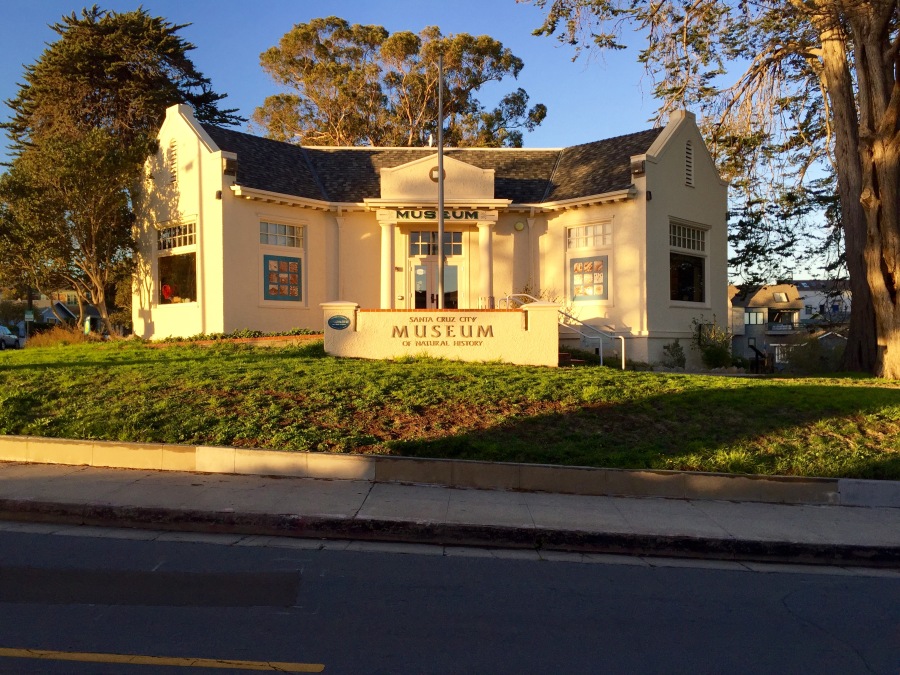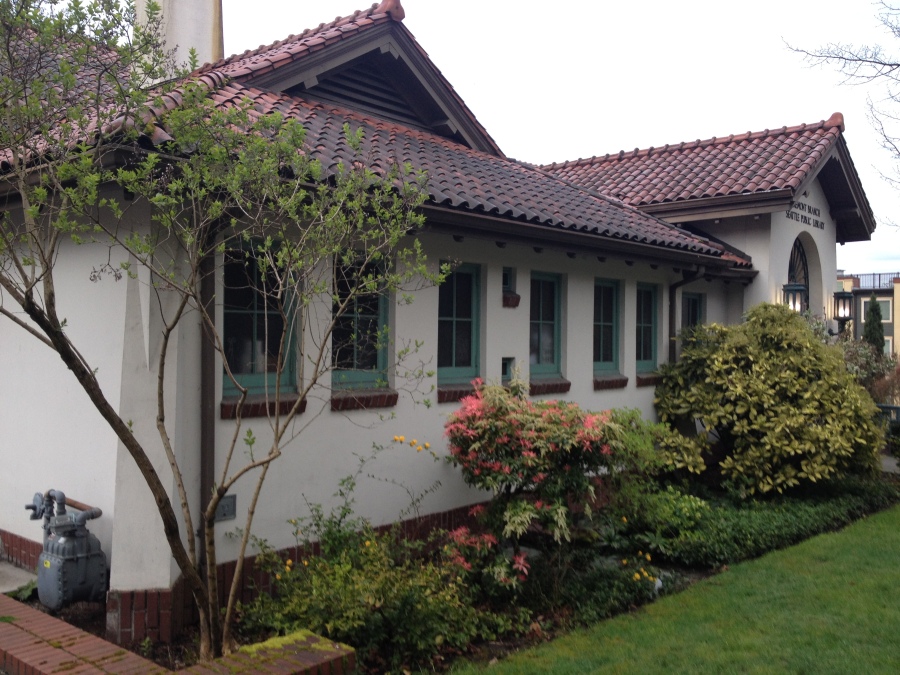Carnegie libraries are everywhere and I have become increasingly interested and curious that their styles seem also to be across the board. One would think that such an extensive library-building program (1,679 libraries were built in the U.S.! I wrote previously about this here) would supply plans as well as funding. It seems that while the Carnegie library program encouraged economy of architectural design and ornamentation, these libraries still needed architects and did not exist in a vacuum away from the styles of their day. In fact, McKim, Mead, and White, themselves, designers of the well-known Boston Public Library, designed two Carnegie libraries in Manhattan (see one here and the other here).
One of the most influential architects for small library design was Henry Hobson Richardson (1838-86). Richardson received formal training at the Ecole des Beaux Arts in Paris but became known for what he added to his classical training: his style, employed by others after him, became known as Richardsonian Romanesque. (Are you standing in Copley Square looking at Boston Public Library? Turn around 180 degrees and you’ll see Richardson’s impressive Trinity Church.) More important than the style, however, was Richardson’s compartmentalization of spaces within the small libraries he designed. Richardson’s interior spaces were arranged on a longitudinal and latitudinal axis, with the librarian’s desk at the center, or crossing point, of these axes. This is a familiar interior design among Carnegie libraries, despite the differences in exterior styles.
Over the past year I have come across Carnegie libraries in Seattle, Oregon City, and Santa Cruz. There is something familiar and yet unique about each in this set of libraries. Keep an eye out, Carnegie libraries are everywhere! See if you can catch any similarities (interior layouts shouting Richardson?) and definitely pass it along if you see a particularly unique Carnegie library example!



References and Further Reading
Lists have been curated on Wikipedia (with images!) of Carnegie Libraries. For example, you can scroll through the Carnegie libraries of New York City here. Notice how many look like McKim, Mead, and White’s! And yet none look particularly like the West Coast examples I’ve caught.
This paper on Carnegie Libraries in Georgia is limited to one state but is very interesting and enlightening.
Featured photo (top): Former Carnegie Library, Oregon City, now Carnegie Center

I specifically look for Carnegie libraries in my travels around Indiana and have photographed several. I love how the ones you’ve found are all so different. With one exception, the ones I’ve found in Indiana have a common thread to them — maybe it’s footprint, I haven’t put my finger on it. I ought to do a post showing photos of the ones I’ve found.
LikeLike
That’s so interesting, I’d love to see the ones you’ve found in Indiana! It seems they may be eclectic in style but something about them says “Carnegie library,” perhaps the Beaux Arts / Richardson influence on the layout. And I feel a lot of them have half-basements/garden levels.
LikeLike
I’ll write a post for my blog showing the ones I’ve photographed and link back to your post so you’ll know when it’s gone live!
LikeLiked by 1 person
Great photos! This is a cool story that I did not know before reading! Surely, stories tell stories!
LikeLike
Thanks!! There’s definitely an interesting and complex background to these libraries.
LikeLike
I recently heard about a Carnegie library in Connecticut but didn’t realize it was a “thing” across the country! Now I’m really interested to find some examples around my little state. I’ll be sure to share if I do!
LikeLike
Now that you know it’s a “thing” I bet you’ll start running into them everywhere! Would love to see any you find, you’ll absolutely have to share 🙂
LikeLiked by 1 person
For sure!
LikeLiked by 1 person
The extra funding for libraries from the Carnegie Foundation was critical here in South Dakota. We have fourteen that have been listed in the National Register individually or in historic districts, and two others that are eligible for the National Register. That’s out of twenty-five communities who received awards. A good number are still libraries for their small communities. A few are museums or offices.
I think most of the architects were from South Dakota or adjacent states. There were the occasional Craftsman/Prairie twists like this one in Tyndall: http://www.prairieschooltraveler.com/html/sd/tyndall.html
In 1990, our state history journal had an article about the way the program worked: http://www.sdshspress.com/index.php?&id=290&action=950
LikeLike
This is so interesting! I like the Craftsman/Prairie versions. I’m also generally impressed at how many of the Carnegie libraries are still very much used–whether as libraries or for other purposes!
LikeLike
[…] blogger Susie Trexler wrote recently about the rich variation in architectural styles among Carnegie libraries in Californ…. I was surprised to see how different from each other these libraries looked — because as […]
LikeLike